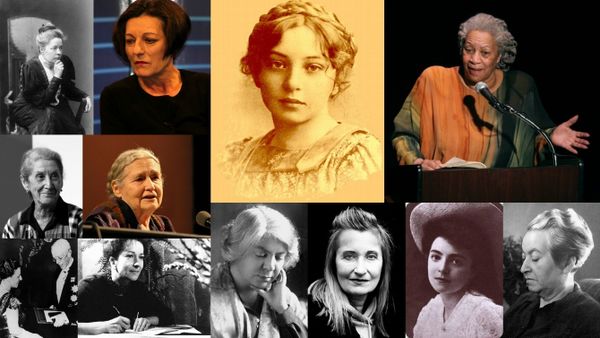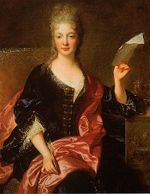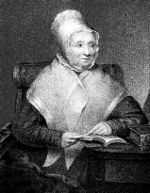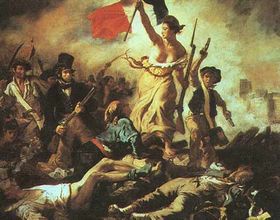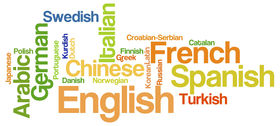Difference between revisions of "Category:Women Authorship--1700s"
| Line 29: | Line 29: | ||
[[File:Elisabeth-Claude Jacquet de La Guerre.jpg|thumb|150px|[[Elisabeth-Claude Jacquet de La Guerre]]]] | [[File:Elisabeth-Claude Jacquet de La Guerre.jpg|thumb|150px|[[Elisabeth-Claude Jacquet de La Guerre]]]] | ||
[[File:Hannah Adams.jpg|thumb|150px|[[Hannah Adams]]]] | [[File:Hannah Adams.jpg|thumb|150px|[[Hannah Adams]]]] | ||
Born in Paris into a family of musicians and master instrument-makers, French [[Elisabeth-Claude Jacquet de La Guerre]] made the transition from a child prodigy to one of the few well-known female composers of her time. Among her compositions are two oratorios dealing with two of the most beloved female characters of Second Temple Judaism, [[Esther]] and [[Judith]]. In the same years another woman composer reached success and acclaim in Vienna, Austria. [[Maria Margherita Grimani]]'s oratorios on New Testament subjects were the first compositions by a woman to be performed at the court theater. | |||
Swedish poet [[Maria Gustava Gyllenstierna]] was one of the most learned women of her epoch and an accomplished author of religious and secular poetry, including five hundred or so (unpublished) sonnets about the life and death of Jesus (1730-36). In 1713-52 she translated the works of Josephus into Swedish, from the French edition by [[Arnauld d'Andilly]]. | |||
}} | }} | ||
Revision as of 09:39, 29 September 2015
|
Born in Paris into a family of musicians and master instrument-makers, French Elisabeth-Claude Jacquet de La Guerre made the transition from a child prodigy to one of the few well-known female composers of her time. Among her compositions are two oratorios dealing with two of the most beloved female characters of Second Temple Judaism, Esther and Judith. In the same years another woman composer reached success and acclaim in Vienna, Austria. Maria Margherita Grimani's oratorios on New Testament subjects were the first compositions by a woman to be performed at the court theater. Swedish poet Maria Gustava Gyllenstierna was one of the most learned women of her epoch and an accomplished author of religious and secular poetry, including five hundred or so (unpublished) sonnets about the life and death of Jesus (1730-36). In 1713-52 she translated the works of Josephus into Swedish, from the French edition by Arnauld d'Andilly.
|
|
Pages in category "Women Authorship--1700s"
The following 14 pages are in this category, out of 14 total.
1
- Esther (1708 Jacquet de La Guerre), oratorio
- Judith (1708 Jacquet de La Guerre), oratorio
- Wårs Herres och Frälsares Jesu Christi alldraheligaste pijons historia (The Most Holy Martyrdom of Our Lord and Savior Jesus Christ / 1710 Brenner), poetry
- (+) Flavii Josephi Judiske historia (1713-52 Arnauld d'Andilly / Gyllenstierna), book (Swedish ed.)
- La decollazione di San Giovanni Battista (1715 Grimani), oratorio
- L'Ester (1733 Manzoni Giusti), play
- The Death of Abel = Der Tod Abels (1762 @1758 Gessner / Collyer), poetry (English ed.)
- The Siege of Jerusalem by Titus Vespasian (1763 Latter), play
- The Siege of Jerusalem (1769 Bowes Strathmore), play
- Daniello (Daniel / 1772 Coccia / @1731 Zeno), oratorio
- An Alphabetical Compendium of the Various Sects (1784 Adams), book
- View of Religious Opinions (1784 Adams), book
